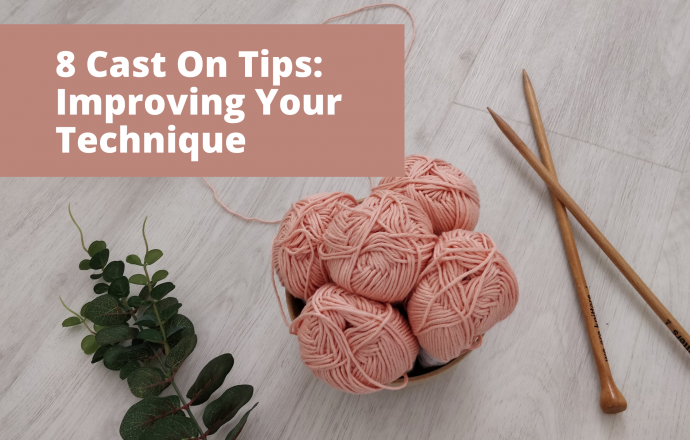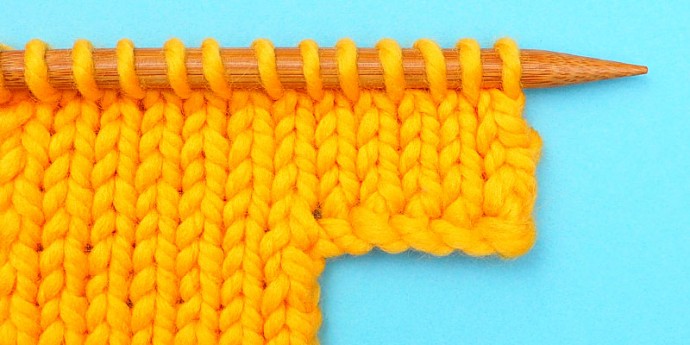When casting on, especially when you are learning, leave more yarn than you think you need between stitches or your first row after casting on will be extremely tight and difficult to work. A good rule of thumb is that there should be a space about the width of a stitch between cast-on stitches on your needle.
Do you experience any troubles with casting on? Tell me in comments!
As you begin with knitting, you may find it difficult to consistently follow the given patterns. Creating the first set of stitches might feel awkward at the start, but don’t give up.

Just think of the beautifully mastered items that you aim to create, and believe that you definitely can! To make it easier, I’d like to share with you some simple and helpful tips to improve your basic cast on techniques in knitting.
A cast-on edge should be firm, but not too tight. If the cast on is too tight, it will eventually snap and unravel.

If you tend to cast on tightly, use a larger needle than suggested, or two needles held together. After casting on, switch back to the correct size.

|

To create a firmer edge, cast on with a double strand of yarn.
The cast on should not be too loose, or the edge will flare out unattractively.

Use a firmer cast on with yarns that have less resilience, such as cottons and silks.

You can also use smaller needles or cast on fewer stitches (increasing to the required number after the last row of ribbing or edging).
It is best to use longer needles when casting on a large number of stitches.

Use a stitch marker. Stitch markers can help you keep count of your stitches. You can also use stitch markers to mark the right side (RS) or wrong side (WS) of your knitting, or increases and decreases.

Leave a 12-16-inch (30-40 cm) tail to use for sewing seams. To keep it out of the way, bundle up the tail while working on your piece.










